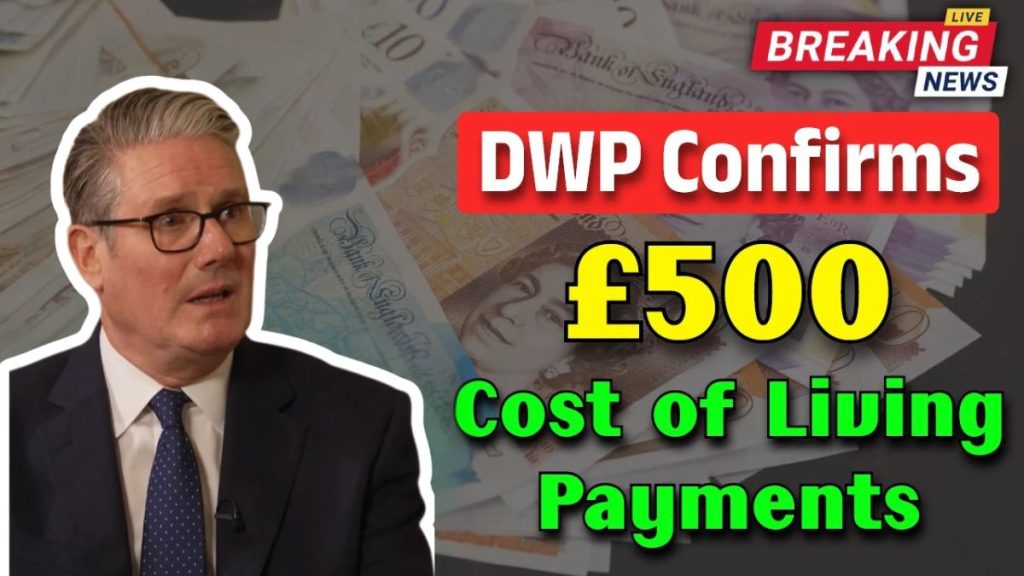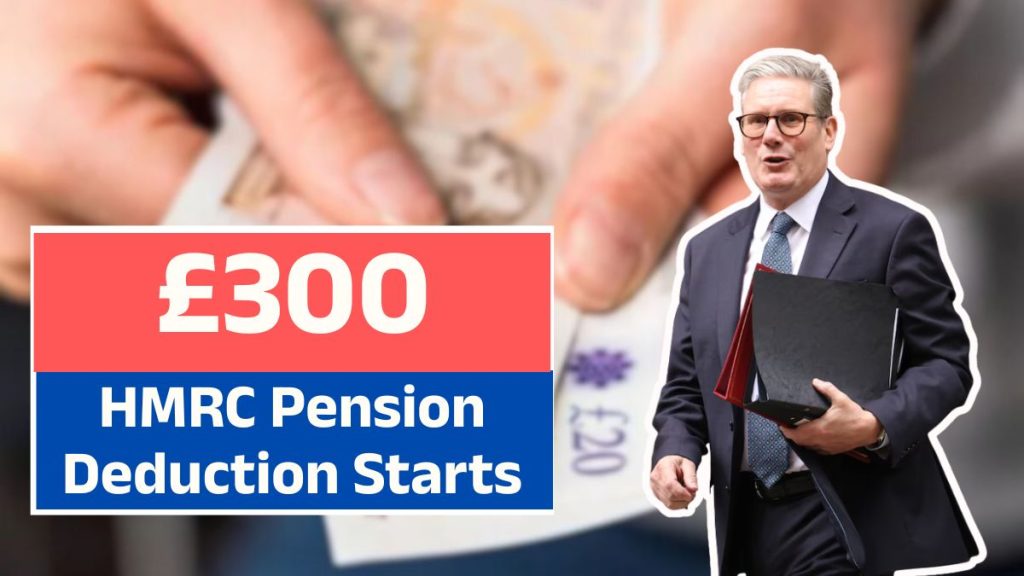The UK Government has officially confirmed a sweeping update to the Child Benefit rules, set to take effect from 27 October 2025. This marks the most significant reform to the benefit system in over a decade.
According to HM Revenue and Customs (HMRC), the changes aim to make the system fairer, more transparent, and reflective of modern family dynamics. For millions of UK parents, these new regulations mean reviewing eligibility, checking household income, and preparing for updates that could directly affect monthly benefit payments.
Here’s a detailed look at what’s changing, who will be affected, and how parents can prepare before the reforms take effect.
Why the UK Government Is Changing Child Benefit Rules
The current Child Benefit framework has been under scrutiny for years. Last overhauled in the early 2010s, it has increasingly failed to align with the realities of today’s household income structures.
One of the most contentious elements — the High-Income Child Benefit Charge (HICBC) — has long been criticised for penalising single-income families. Introduced in 2013, it reduced or removed Child Benefit for families where one parent earned over £50,000 per year, even if the other parent had little or no income.
With inflation, wage growth, and evolving family patterns, many argued that this rule unfairly targeted middle-income households.
The upcoming October 2025 reforms seek to fix these issues, simplifying how Child Benefit is paid and taxed while ensuring greater fairness across all family types.
What HMRC Has Officially Announced (New Child Benefit Reforms 2025)
According to HMRC’s official statement, the new Child Benefit rules will include five major updates:
- Revised Income Threshold:
The threshold for the High-Income Child Benefit Charge will rise from £50,000 to £60,000, allowing more families to retain their full benefit. - Gradual Tapering Between £60,000 and £80,000:
The benefit reduction will now phase out gradually up to £80,000, avoiding abrupt cut-offs that previously affected thousands. - Household-Based Assessment:
Instead of focusing on a single higher earner, HMRC will now assess combined household income, creating a fairer measure for dual-earner families. - Automatic PAYE Adjustments:
Child Benefit repayment and tax adjustments will be managed automatically through the PAYE system, eliminating the need for self-assessment filings. - Digital Management via HMRC App:
Parents will be able to update, pause, or restart claims instantly through the HMRC mobile app or online portal.
These updates mark a major administrative shift toward simplicity, automation, and digital access for millions of families.
Who Will Be Affected by the New Child Benefit Rules
The new policy will impact a wide range of households across the UK — particularly those in the middle-income bracket. Key affected groups include:
- Families earning between £50,000 and £80,000 per year.
- Single-income families previously penalised by the old HICBC system.
- Dual-income households, who will now be assessed on joint income.
- Parents of multiple children currently receiving benefit payments.
- New claimants applying for Child Benefit after October 2025.
For many, this reform means higher take-home benefit amounts and fewer repayment obligations, especially for families just above the old £50,000 threshold.
How the New Income Threshold Will Work
Under the old system, once a parent earned over £50,000, their Child Benefit began to taper — and was completely wiped out by £60,000.
From 27 October 2025, this structure will change dramatically:
- The new starting point for the charge will be £60,000, giving more families breathing room.
- The benefit will phase out gradually between £60,000 and £80,000, reducing the steep financial penalty.
- The charge will be based on combined household income, not a single earner’s salary.
This approach ensures that both parents’ earnings are taken into account, making the system more equitable for families with two working adults.
Thousands of households previously forced to repay Child Benefit will now retain a larger portion — or the full amount — under the new system.
What Parents Must Do Before 27 October 2025
HMRC has urged all current and potential Child Benefit claimants to take action well before the transition date. Here’s what parents need to do:
- Review Your Income:
Check your household’s annual income and determine where it falls within the new £60,000–£80,000 range. - Update Your HMRC Details:
Ensure your address, bank information, and employment details are current. - Reapply if You Previously Stopped Claiming:
Parents who opted out due to the old income cap can reactivate claims once the new rules start. - Switch to Digital Tools:
Download and set up the HMRC app to manage claims easily. - Seek Professional Advice if Unsure:
For complex income situations or self-employed households, consulting a financial adviser can help estimate benefit entitlements.
By preparing early, parents can ensure uninterrupted payments and take full advantage of the new, more generous income limits.
What These Changes Mean Financially for UK Families
For many middle-income families, the reforms could mean hundreds or even thousands of pounds in extra support per year.
Consider these examples:
- A family with two children and a single parent earning £55,000 currently loses all Child Benefit.
Under the new system, they’ll keep the full benefit with no deductions. - A dual-income household earning £70,000 jointly would previously have been excluded but will now retain a partial benefit.
HMRC estimates that over 170,000 families who currently repay Child Benefit through self-assessment will no longer need to do so after October 2025 — reducing bureaucracy and saving time.
Government’s Official Reason for the Reform
According to the Treasury, this reform aligns with the government’s broader goal of fairness, efficiency, and modernisation.
Key motivations include:
- Fairness: Correcting imbalances that unfairly targeted single-earner families.
- Administrative Efficiency: Integrating adjustments into PAYE to reduce manual errors and costs.
- Digital Modernisation: Moving toward a fully digital benefit system by 2030.
- Economic Stability: Boosting disposable income for working families to support consumer confidence.
These policy updates aim to ensure the Child Benefit scheme evolves with the times while remaining financially sustainable.
Public and Expert Reactions
Reactions to the announcement have been largely positive, though not without some debate.
Many parents describe the policy as “long overdue”, saying it brings much-needed relief to working families.
Financial expert Sarah Coles from Hargreaves Lansdown praised the change, stating:
“This modernises a system that had become outdated and unfair for many families. It’s a significant win for fairness.”
Charity organisations, including Save the Children UK, have also welcomed the reform, noting that it will provide meaningful support during the ongoing cost-of-living crisis.
However, some economists caution that rising inflation and stagnant wage growth could offset the benefits if broader fiscal support is not maintained.
What Happens If Parents Don’t Update Their Details
HMRC has warned that families who fail to update their details before 27 October 2025 could face payment delays or incorrect calculations.
Parents with outdated bank details, address changes, or unreported income may receive overpayments, which HMRC would later recover.
To prevent this, the department will send digital and postal reminders starting mid-September 2025, urging all claimants to verify their information.
How the Digital Transition Will Work
From October 2025, Child Benefit management will shift to a fully digital model via the HMRC portal and mobile app.
Parents will be able to:
- Apply for Child Benefit online.
- View payments and statements in real time.
- Report income changes or stop claims instantly.
- Access support tools for estimating future benefit amounts.
This modernised process aims to eliminate paperwork, reduce errors, and provide faster service for families nationwide.
What This Means for the Future of UK Family Policy
The upcoming reforms signal a wider evolution in the UK’s social welfare and family support structure.
Experts predict that similar updates could follow in areas like tax credits, Universal Credit, and parental leave benefits — reflecting the government’s push toward a digital-first, income-sensitive welfare system.
For families, the takeaway is clear:
From 27 October 2025, more parents will retain a larger share of their Child Benefit, with fewer administrative burdens and a fairer assessment process.
FAQs on the New Child Benefit Rules 2025
1. When will the new Child Benefit rules take effect?
The new rules officially come into force on 27 October 2025, replacing the previous system.
2. What is the new income threshold?
The High-Income Child Benefit Charge threshold increases from £50,000 to £60,000, with gradual tapering up to £80,000.
3. How will dual-income families be treated?
HMRC will assess combined household income rather than the income of a single parent, making the process fairer.
4. Do I need to reapply for Child Benefit?
Only if you previously stopped claiming due to the income limit. You can reapply once the new rules take effect.
5. How will payments be managed under the new system?
Adjustments will be handled automatically via PAYE, and parents can manage their benefits digitally through the HMRC app.





















